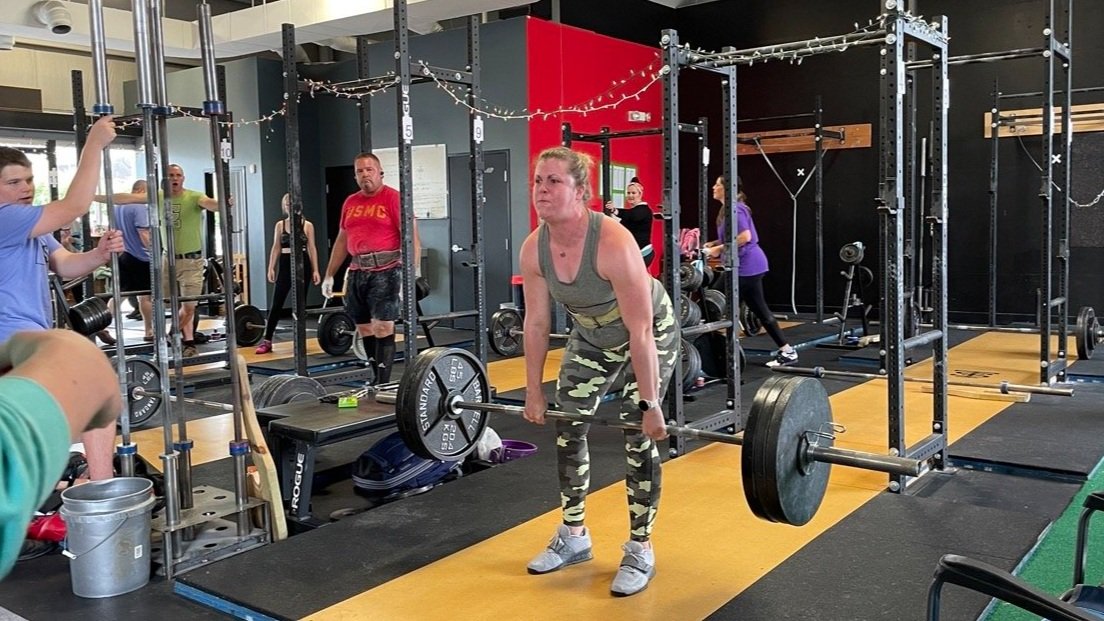The Deadlift: You're Doing This Wrong - Part 5
/This is Part 5 in our series of articles on common deadlift errors and how to fix them. Today’s error is that of having a compromised grip.
Don’t worry - Brianne is NOT doing this part wrong.
Grip should never be the limiting factor when deadlifting. After all, the deadlift is a tremendous developer of leg, hip, and back strength, so it seems rather silly and shortsighted to blunt the training effect of the deadlift simply because we’re doing stupid things with our grip. Of course, YOU’RE not being stupid with your grip, but some people are.
Two points here:
1. Your double overhand grip won’t cut it anymore.
When the weight gets heavy enough, a double overhand grip will no longer do the job (a double overhand grip is one wherein both hands are pronated, i.e., hands in front of the barbell with palms facing backward).
This isn’t a strength issue - the double overhand grip is simply not a terribly strong position for the hands to begin with, so don’t stress out about it. Instead, simply start using either a hook grip or a mixed grip (AKA “alternating grip” or “switch grip”).
There are no bonus points for taking your double-overhand-grip-deadlift as heavy as possible. We care about heavy deadlifts . . . nobody cares about not-so-heavy-and-artifically-limited-double-overhand-grip-deadlifts.
2. Chalk is mandatory. Tell your lifting buddy to stop being a fool about this.
Friction is important for grip, and everyone’s hands have a certain amount of natural moisture - oil, sweat, etc. - that inhibits friction. The absorption of this moisture - and the corresponding increase in grip strength that accompanies this absorption - is why rock climbers and gymnasts use chalk, and it’s why we use chalk when lifting.
Chalk is useful in all lifts (yes, even squatting, benching, and pressing), but it is absolutely critical in pulling movements such as the snatch, clean, and the deadlift. Use chalk. Put some on your hands when you start your lifting, reapply when you start warming up your deadlift, and certainly reapply when you get to your deadlift workset(s).
All my thoughts on people who don’t use chalk (or enough chalk) start to get rather grumpy past this point, so I’ll stop here.
In summary, use the appropriate grip and use chalk - these two points will help you develop a stronger deadlift and therefore a stronger you.
As always, we hope this helps you get stronger and live better.
(Some links may be affiliate links. As an Amazon Associate, Testify earns from qualifying purchases.)





